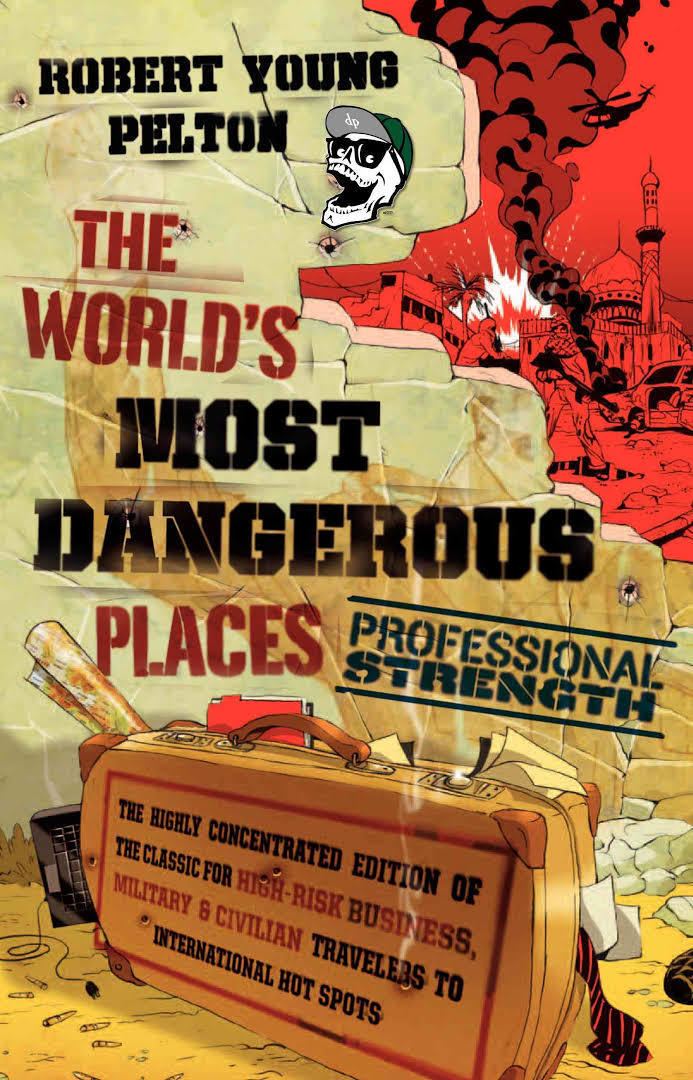Language English Pages 1088 Originally published 1995 Page count 1,088 Publisher HarperCollins | Media type Print ISBN 0-06-001160-2 Country United States of America | |
 | ||
Publication date 1st edition 19944th edition (May 30, 2000)5th edition (April 1, 2003) Followed by DP Professional Strength Similar Come Back Alive: The Ultimate, The Adventurist, Licensed to Kill: Hired Guns in t, Zero Footprint: The True, Three Worlds Gone Mad | ||
The World's Most Dangerous Places is handbook of survival tactics for high-risk regions first published in 1994, written by National Geographic Adventure columnist Robert Young Pelton and his contributors. The guide is now in its fifth edition.
Breakdown
The book has gone through five editions. The next edition is in development along with a new television series.
The 1,000-page book is divided into three basic parts. The intro is a primer on the basics of staying safe in war zones and high-crime areas.
The second section is essentially a chapter by chapter list of what Pelton considers to be the most dangerous places, such as the United States (which has consistently been included due to its extremely high level of gun violence). Each nation or Autonomous administrative division(s), such as Kurdistan, has one chapter about them. Each of the chapters are in alphabetic order by the first letter of each country. There are varying numbers of countries included in the Dangerous Places section, depending on the edition. These countries are assigned a rating of 5 stars to 1 star, or five hands to one hand, depending on the level and type of danger. Countries with "hands" instead of stars, such as North Korea, and Myanmar generally have International sanctions on them.
The final and third element of this book (besides web links, addresses and even cell phone numbers for terrorist and rebel leaders) are the stories of what it is like for Pelton and his band of DP'ers to be in the middle of some of the planet's most brutal events. They freely tell the reader how they got in, whom they met and many of their failures.
The book is a favorite of correspondents, military, NGO's, and the US State Department; it is used by a number of intelligence agencies due to its access to the world's rebel groups.
